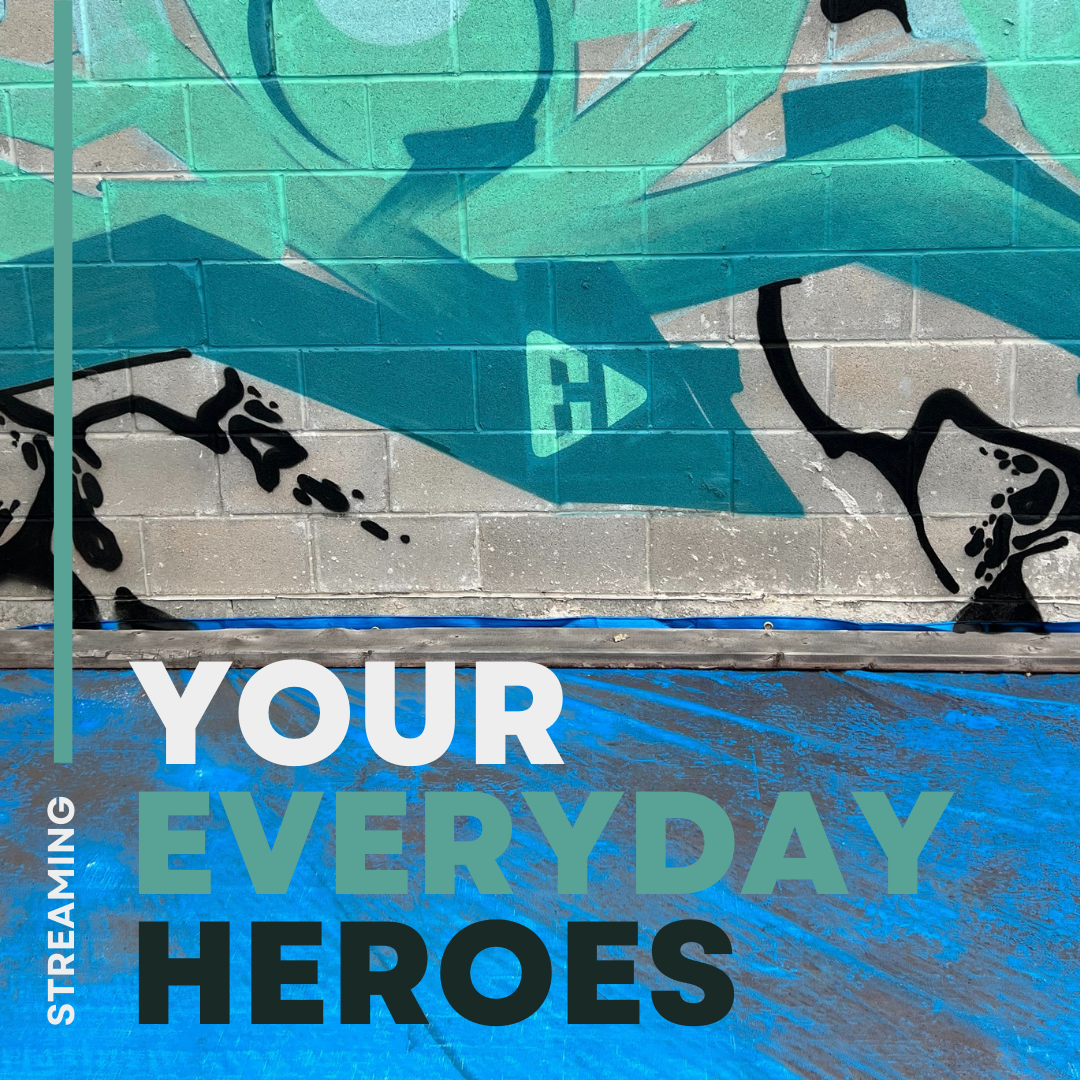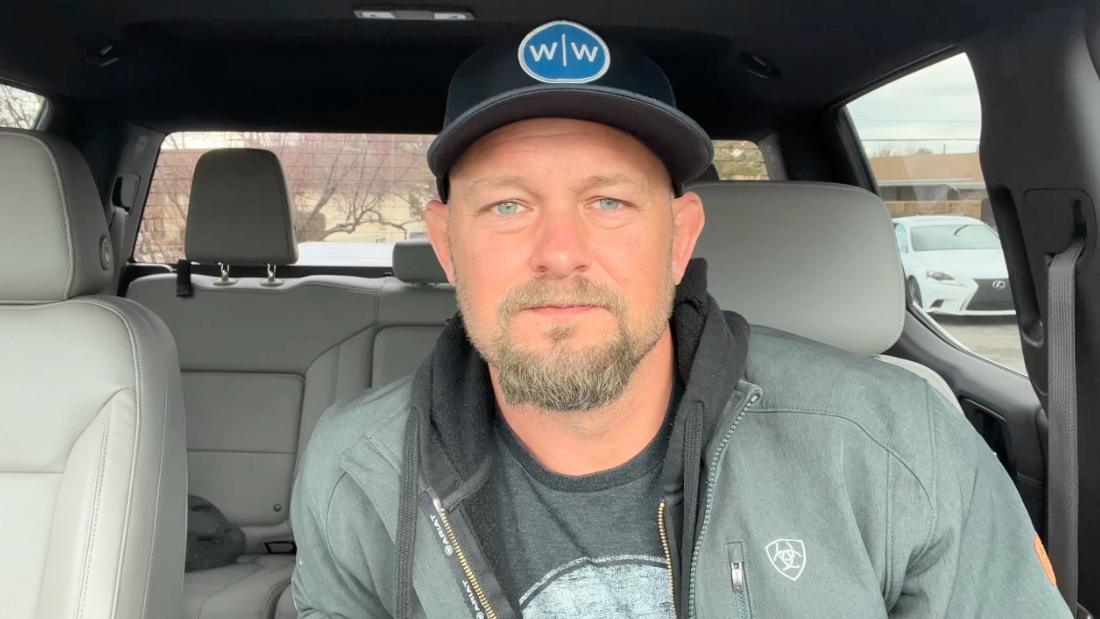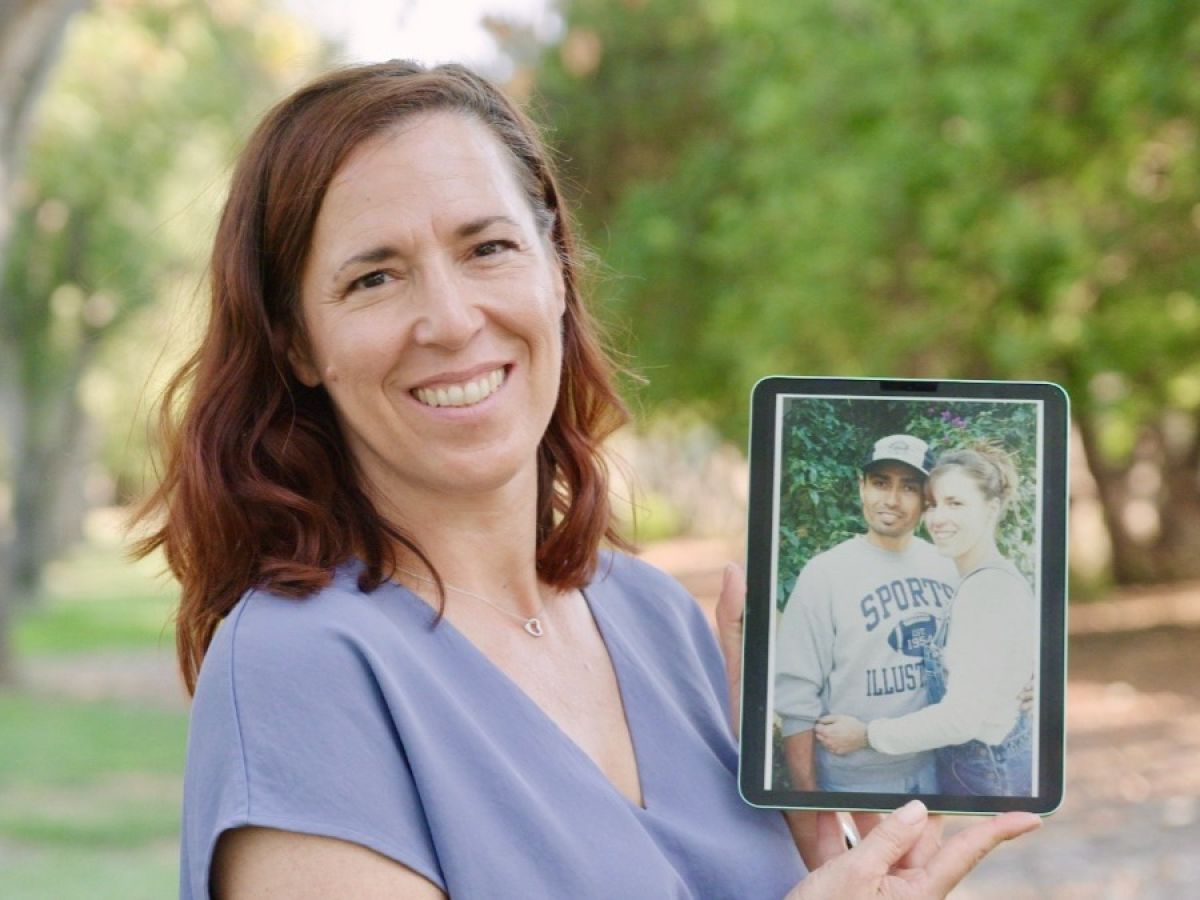Take a break from bad news and check out the inspiring tales of normal people who lead extraordinary lives at Your Everyday Heroes.
Alex LeVesque – Mentoring Teenagers
Mechanic Alex LeVesque is the founder of Automotive Mentoring Group (AMG), a non-profit foundation that has been helping former troubled youths turn their lives around since its inception in 2007.
“That’s what I do, I’m a lifesaver.”
“I don’t have to do this for a living. I consider myself to be a smart guy, and I say that in the most humble way, but I know how to get things done. I can do other things if the motivation was just money, but it’s not money, its saving lives,” LeVesque remarked. “That’s what I do, I’m a lifesaver.”
Under LeVesque’s tutelage, young men and women who were caught up in street life are trained in automotive repair, comprehensive bodywork, and restoration through a three to six month program that teaches them how to take apart and completely build an entire car.
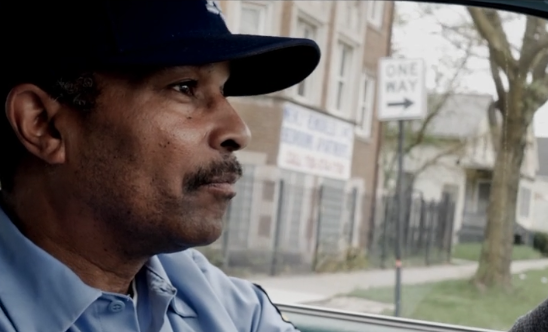
“I’m very mad about everything that I see, I’m mad about black and brown boys [hurting] each other over shoe laces. I’m mad about these drive by sh–tings because somebody looked at you out of the corner of their eye,” he continued. “I just want to be that alternative for those who don’t want the g–g life. For those who want to have some hope.”
LeVesque’s program teaches former g–g members the skills they need to function in society, as well as helping them earn their high school diplomas, enroll in college, and obtain apprenticeships and jobs in the automotive industry.
“These kids, they need light…”
The estimate is that there are 180,000 g–g members in Chicago,” LeVesque detailed. “These kids, they need light, they need to talk to somebody that has light, that had vision, that has hope. Somebody that tells them it’s possible for you to have dreams, and it’s possible for you to be able to take care of yourself and provide for your family, that it’s possible for you to get educated.”
He explained that most of the young men he works with are fatherless boys, which is why he created AMG.
“It’s the absolute reason why I do it,” he concluded. “It’s what god put it on my heart as a mandate that I must do. Why he chose me to do it, I can only guess because he felt like I was the person that could do it.”
Aaron Dodd – Disabled Street Musician
Aaron Dodd is a disabled street musician who played outside of Chicago’s Symphony Center for nearly three decades. He began playing in his high school band in the early sixties, and picked up multiple instruments before choosing the tuba. He was hand-selected to study with the Chicago Symphony’s Arnold Jacobs, who helped him obtain a scholarship to study music at Roosevelt University.
“I love people and I love being a showman,” Dodd said. “People are so responsive to me. Anywhere I’m on the street, they come up to me and say, ‘you’re the guy playing the tuba in front of the [Symphony].”
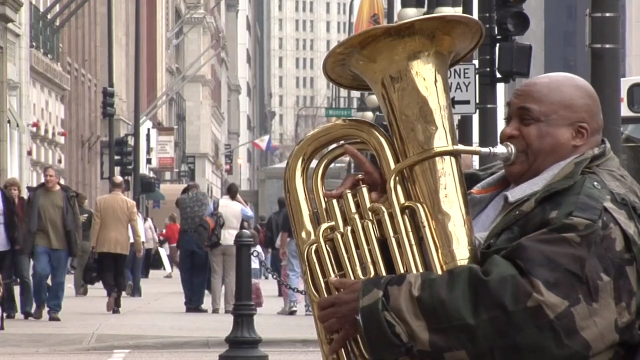
He began his professional career as a jazz artist with “Philip Cohran & The Artistic Heritage Ensemble. Aaron went on to play in Donny Hathaway’s debut album “Everything is Everything,” in the late 60’s, then joined R&B band The Pharaohs in 1971. They recorded two albums together before breaking up.
Aaron went on to join 8 Bold Souls in 1985 and released four albums, before he was diagnosed with a pulmonary disease that confined him to a wheelchair. While his professional career may have been sidelined, Aaron never let the disease stop him from making music.
“I am disabled. I have congestive heart failure, severe arthritis, and gout,” he said about his medical ailments. “And I still work every day.”
He took the bus to the Chicago Symphony every day for nearly three decades and played for pedestrians outside the building. Aaron played until his last breaths, when he passed from his condition on June 17, 2010.
Jeff Maldonado – Artist
Artist Jeff Maldonado lost his son, Jeff Abbey Maldonado Jr. at an unexpectedly young age on July 25, 2009. Jeff Jr., who was an upcoming hip hop artist, was shot by another youth after leaving a barbershop, while he was headed to his first public performance. He was only 19-years-old when his life ended abruptly.
Maldonado, an artist, chose to memorialize his son’s life with an installation at the National Museum of Mexico.
“I’d give anything not to do this… This is a symbol of somebody who has passed on,” remarked Maldonado. “The hardest piece I ever had to make was this installation, because I was really never supposed to make this.”
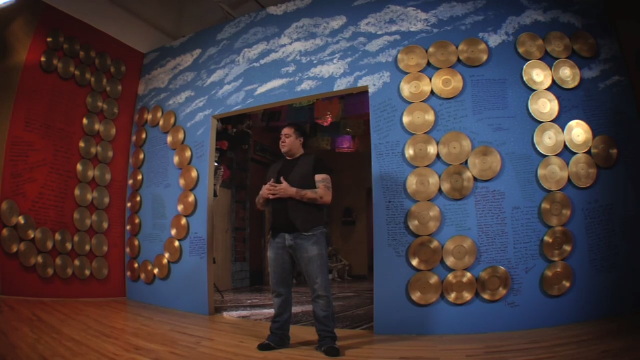
Maldonado created the J-Deff Peace Project, which spelled out his son’s rap moniker in 80 gold records. The work features Jeff Jr’s music on a loop, his lyrics, and handwritten messages from fans. There is also a shrine of his son’s photos and possessions that is reminiscent of the Mexican mourning holiday, Day of the D–d, which traditionally falls on the first and second day of November.
“Day of the D–d is usually a natural progression of the life and d–th cycle. It’s sort of the honor given to that person after the end of a full life. I wish that my son was able to live a full life, but I could never imagine having to do this.”
Jeff Jr. always believe he was going to be a star, but his life was cut tragically short by the type of street activity that is unfortunately common in his neighborhood. Through the exhibit, his father hopes to keep his son’s memory alive and share a message of peace.
“This is an artistic way of dealing with the process of healing and loss, but we’re also trying to work within our own community to change things for the better, which is what he was trying to do.
Flying Circus – Motivated Artists
Members of a flying circus perform gravity defying stunts as their day jobs, but fear is a constant companion and it’s something they have to work at daily to overcome.
“My definition of fear is all the things you haven’t done yet, there are things that are dangerous, but that’s sort of how I like to live my life,” said aerialist Aislinn Mulligan. “I like to do things that push me, that challenge me, that scare me. I don’t really experience that as fear as a negative thing, I experience fear as a really positive, thrilling thing.”
Mulligan performs acrobatic fetes while hanging upside down dozens of feet above the ground by two silk cloths.
“I don’t really like to think of myself as having limits, but of course I do, everybody does,” she continued. “But it’s kind of part of the fun, isn’t it?”
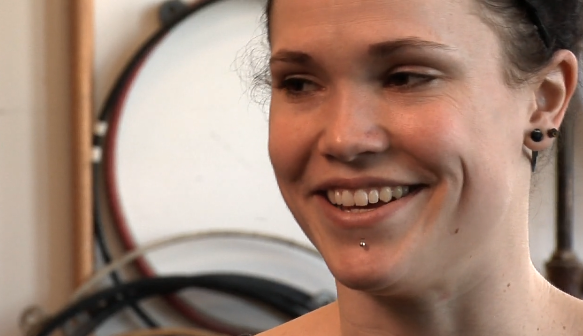
Trapeze artist Alisabeth Gifford has to take a leap of faith every time she swings high above audiences into the hands of a partner.
“I’m afraid a lot,” added Gifford. “I know that’s probably not a good thing for a circus performer to say, but I’m afraid when I try any trick on trapeze and I don’t exactly know how its going to end.”
Acrobat Ariele Ebacher regularly has to overcome a fear of heights and the pain of training to do her job everyday.
“It’s a combination of understanding and accepting very basic things about being a human being, about what your limits are,” noted Ebacher. “And then saying okay, let’s see how far I could push it.”
Despite the fear and the pain, the flying circus isn’t a lifestyle any of the acrobats are willing to give up. “Having no more corporate work is really been kind of a blessing, because it’s given us a chance to stop doing that stuff that’s for crowd pleasing and start doing the stuff that pleases us,” Shayna Swanson explained.

